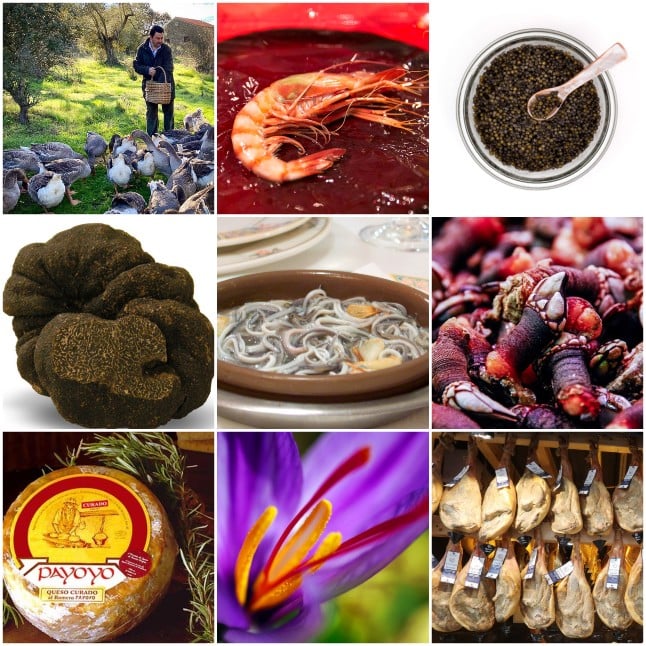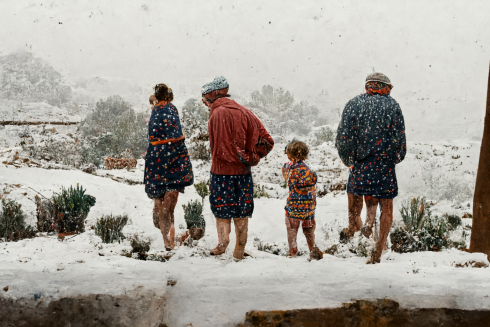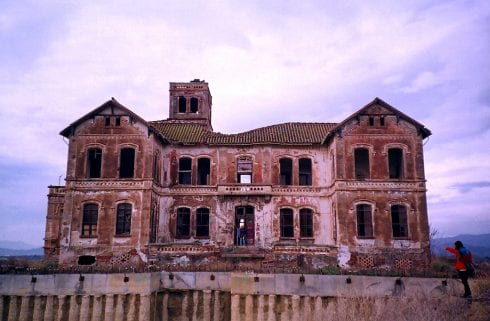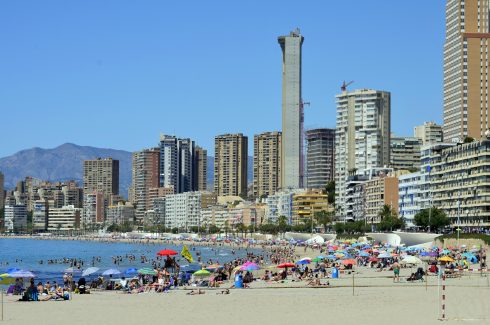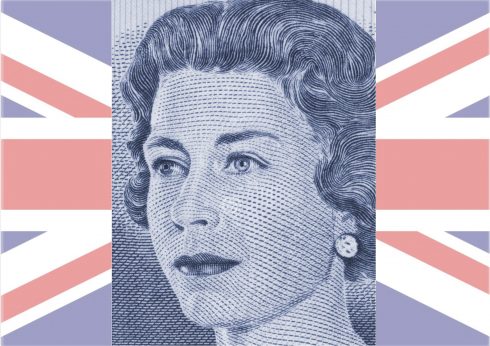WE ALL know Spain has good food. But look beyond the paella and tapas and you can discover some of the most expensive culinary delicacies the world has to offer, made right here in Spain.
From an ethical foie gras produced without cruelty in remote Extremadura to an organic caviar harvested from the loins of a sturgeon native to the Iberian Peninsula, if you have deep pockets and taste-buds that crave adventure, here’s the bucket-list for you.
Jamon Iberico
Cured ham is a serious business in Spain in fact it’s a national obsession and while you can find it everywhere, from a slice offered as a free tapa with a chilled glass of sherry to a whole leg given as gift at Christmas, the very best tasting and most expensive is Jamón Iberico de Bellota.
Produced from Spain’s very own variety of black pig, a dark-skinned black hoofed breed that roams free across the dehesa, gorging themselves on acorns to produce a luxuriant tasting fat-marbled ham hung naturally to cure in dry mountain air for up to four years.
The most expensive ham leg on record sold for €11,881 at auction in Japan in September 2020 but Cinco Jotas, recognised as one of the best brands in Spain sells ready-sliced packs for €27.95 for 80g while a whole jamon leg will set you back €589.
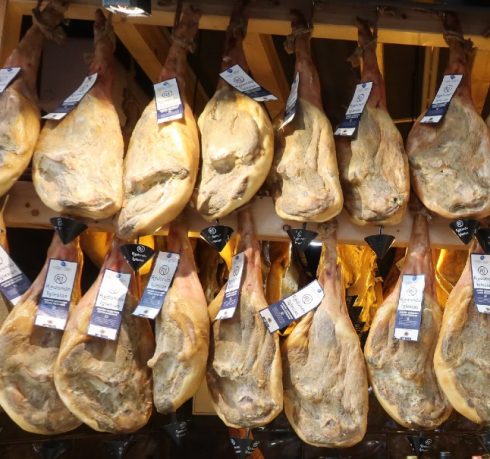
Caviar Riofrio
Spain has its very own native species of sturgeon and at a fish farm in the Andalucian village of Riofrio where natural pools are fed by snowmelt from the Sierra Nevada, the world’s first certified organic caviar has been produced since 2001.
Made without preservatives these rich creamy ebony pearls rival those of traditional producers in Iran and Russia. Perfect on a blini with a squeeze of lemon and shot of vodka.
€132 for 50 grams
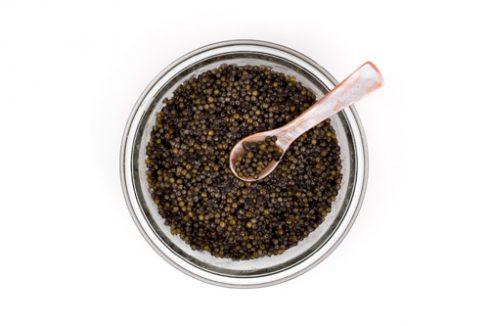
Ethical fois gras
For many this buttery, rich delicacy is one of the most desired luxury food items in the culinary world, but for others it’s method of manufacture represents the ultimate in cruelty. Traditionally, fois gras is produced by a method perfected in France known as ‘gavage’ in which geese are force fed by sticking a tube down the throat and stuffing it with more grain than the bird would naturally eat in a lifetime.
But at the remote Sousa farm in Extremadura, fois gras is produced ethically by allowing migratory wild geese to gorge themselves with olives and acorns to naturally swell their livers with large fatty deposits doubling their bodyweight in preparation for flying south for the winter.
€176 for a small 125gram pot.
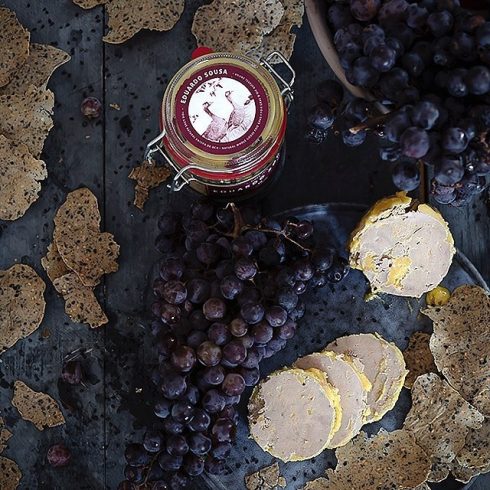
Saffron
Brought to Spain by the Arabs over a millennia ago, today around 70 percent of the world’s saffron production is grown on the wind-swept plateaus of central Spain where fields of purple crocus flowers are plucked for their pungent red stigmas.
The delicate harvest lasts no more than ten days each year at the end of October and is done entirely by hand.
Dubbed ‘red gold’ and known as the most expensive spice in the world, only a few of the vivid crimson threads are needed to flavour a dish, and are an essential part of many Spanish culinary creations not least paella.
One gram of the highest quality azafrán (as it is known in Spanish) costs around €9

Black truffles
A forgotten corner of eastern Spain has remarkably become the capital of the global black truffle industry and few but those in the business are aware of it.
The arid landscape of Gudar Javalambre, situated between the mountains of Teruel in Aragon and the Valencia coast provides the ideal conditions to cultivate the sought-after culinary treasure known as black diamonds, but most are destined for export to France where they are sold on to chefs from Italy, the UK and the USA at an inflated price.
With its crinkled black exterior and pungent earthy smell, a fist-sized truffle weighs in at around 350 grams and has a price tag of €295 ($322) if you buy it from source at a market in the region.
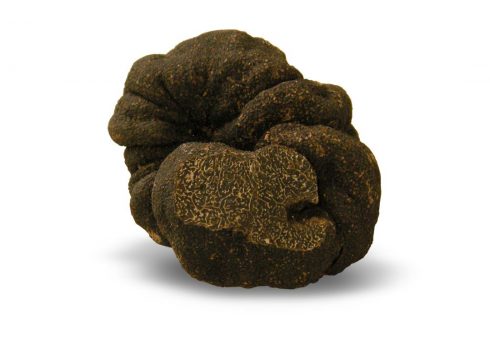
Queso Payoyo
Discerning cheese connoisseurs have long been familiar with Queso Payoyo, an artisan cheese made from the milk of a goat breed unique to the Cadiz province mixed with milk from Moreno sheep grazed in the hills around Grazalema.
The rich and tangy flavour with hints of herbs and a buttery texture regularly scoops Best Cheese Awards and is the ideal accompaniment to a glass of sherry.
A 1kg cheese sells for around €18
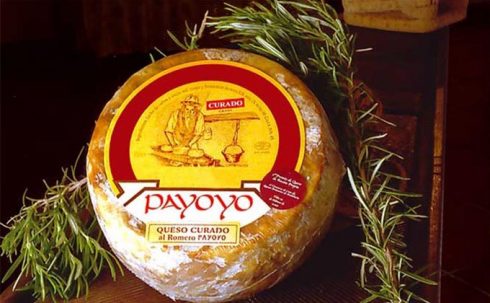
Angulas
They may not look too appetising but baby eels, known as angulas in Spanish and elvers in English come with a hefty price tag. The pale 3-inch-long worm-like seafood is a Basque delicacy traditionally served on feast days around Christmas.
But their exorbitant cost comes not as a result of their flavour which is considered rather bland – but because of their scarcity brought on by decades of overfishing,
Once a peasant food, the eels are now a rare gourmet treat reserved for only the most high-end table costing up to 1,000 euros a kilo.
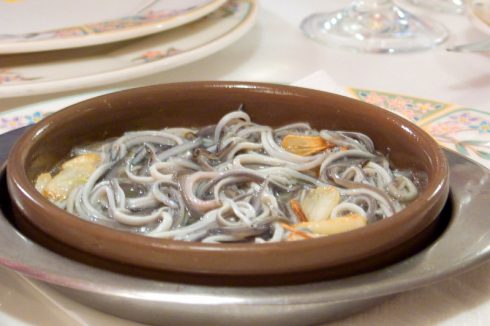
Denia’s Red Prawns
Not all prawns were created equal. Visitors to the Costa Blanca town of Dénia must seek out what is widely considered as the jewel in Mediterranean cuisine; Known in Spanish as Gamba Roja or Rayada de Denia for its deep red appearance and stripy tail.
This crustacean has won international acclaim thanks to its intense flavour and the fact that it can only be found in a very limited habitat.
It is fished from a deep marine trench stretching between Cape San Antonio and Ibiza where it lives as a depth of 600m.
It commands a high price of up to €8 for a single prawn
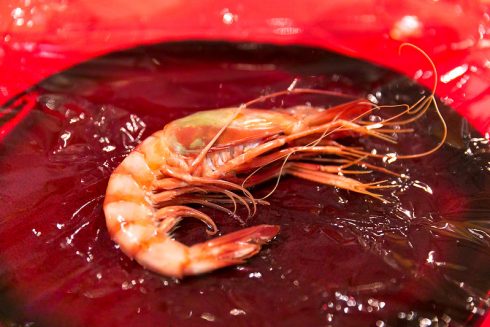
Percebes
Found clinging to the rocky outcrops along the coast of Galicia, this bizarre looking seafood – known as gooseneck barnacles in English – resembles a dragon claw on a wrinkled leathery sleeve and is little eaten beyond Spain.
But here it is one of the most-prized culinary delicacies with dedicated fishermen risking their lives to harvest them in time for Christmas Eve feasts.
Be brave enough to overlook their frankly alarming external appearance and crack open the stem to reveal a delicate pink flesh that has an oyster-like texture and briny sweetness
They can cost up to €200 a kilo.
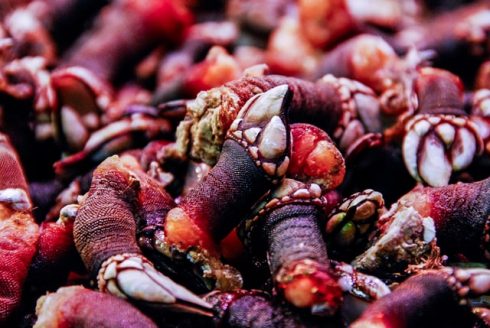
Cava
For most people Cava has earned a reputation as a good value bubbly, a cheaper version of French Champagne that is affordable enough to mean you don’t need a celebration to pop a cork.
But the downscale fizz is going upmarket with a drive by Catalan vintners to produce top-end reservas to rival the finest Champagne. And the best may not even have Cava written on the bottle in a deliberate marketing ploy to distance themselves from the good value brand.
Codorniu Ars Collecta Gran Reserva Bruts comes with a price tag above €175.
READ MORE:
- SubliMotion: Ibiza restaurant crowned most expensive dining experience in the world
- REVIEW: Style and substance after stunning overhaul of Madrid hotel Rosewood Villa Magna
- Travel Spain: How the pandemic saw Madrid transform into a luxury tourism destination

